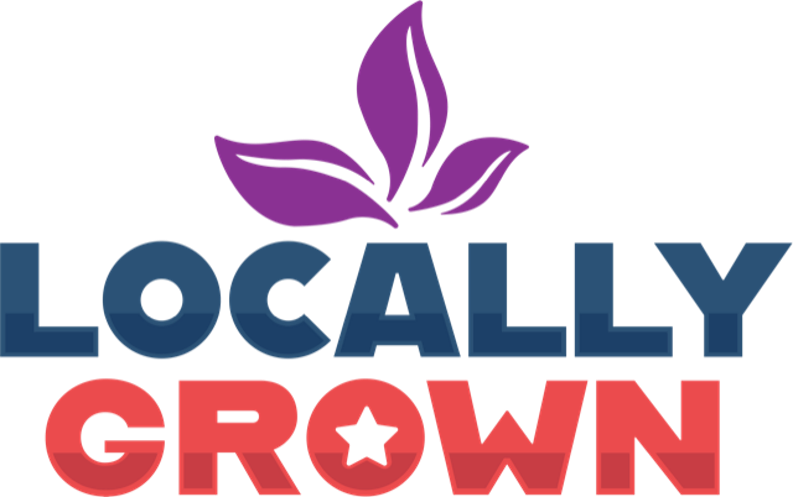Unsustainable debt. Civil debate replaced by shrill emotional attacks. Citizens losing faith in government. America's problems are clear, but the solutions are not.
Locally Grown: The Art of Sustainable Government re-introduces the reader to the bottom-up design of our Constitution and shows how we can create better outcomes by redistributing responsibilities between our federal, state and local governments.
If you're curious about how to create a government that is more responsive, holistic and sustainable, this book is for you.
Evolution = Sustainability. All species that survive learn to sustain themselves and adapt to their changing environment. Charles Darwin taught us that species that fail to adapt, die.
Ideas are like species. Until the 16th century, we thought the sun revolved around the earth until mathematician Nicolaus Copernicus proved the opposite. The idea of “Geocentrism” died because it wasn’t sustainable under scientific scrutiny.
State and local governments, businesses and your household, are not sustainable if expenses consistently exceed income. Why do we think it’s different for the US federal government?
Like the enduring mountains, pyramids are stable, sustainable natural forms because most of their mass is distributed from the bottom-up. Each successive layer has more mass (i.e. power) than the layer above it. Conversely, turning the pyramid upside down is inherently unstable. Each successive layer has more mass than the one below it. The top-down structure eventually collapses under its own weight.
Our Constitution was designed as a bottom-up structure with a federal government given important but limited powers. The Founders intended for most power to be retained by the states and the people. Our top-heavy government is starting to resemble an inverted pyramid. Do we think this is sustainable?
Every year the US Treasury publishes its “Financial Report of the United States Government.” The most recent 2018 report, somberly states the challenge in front of us:
“An important purpose of the Financial Report is to help citizens understand current fiscal policy and the importance and magnitude of policy reforms necessary to make it sustainable. The past nine years saw the national debt nearly double as a share of GDP, bringing it to a level not seen since World War II. A sustainable fiscal policy is one where the debt-to-GDP ratio is stable or declining over the long term. If current policy is left unchanged, the debt-to-GDP ratio, currently 108 percent, is projected to rise to 297 percent in 2092 and continuously thereafter.”
If you were offered $1,000 for hitting a bullseye with a bow and arrow, would you rather have one chance or fifty chances? Obvious answer of course. The same logic applies to problem solving. You have a better chance with thousands of experts rather than a few, especially if the solution to the problem varies depending on geography and demography. This is called “crowdsourcing” and it is a well-established scientific tool.
Doesn’t it make sense to use our 20,000+ state and local government laboratories to help solve hard problems, rather than rely on a few “experts” in Washington DC and their “one size fits all” solutions?





